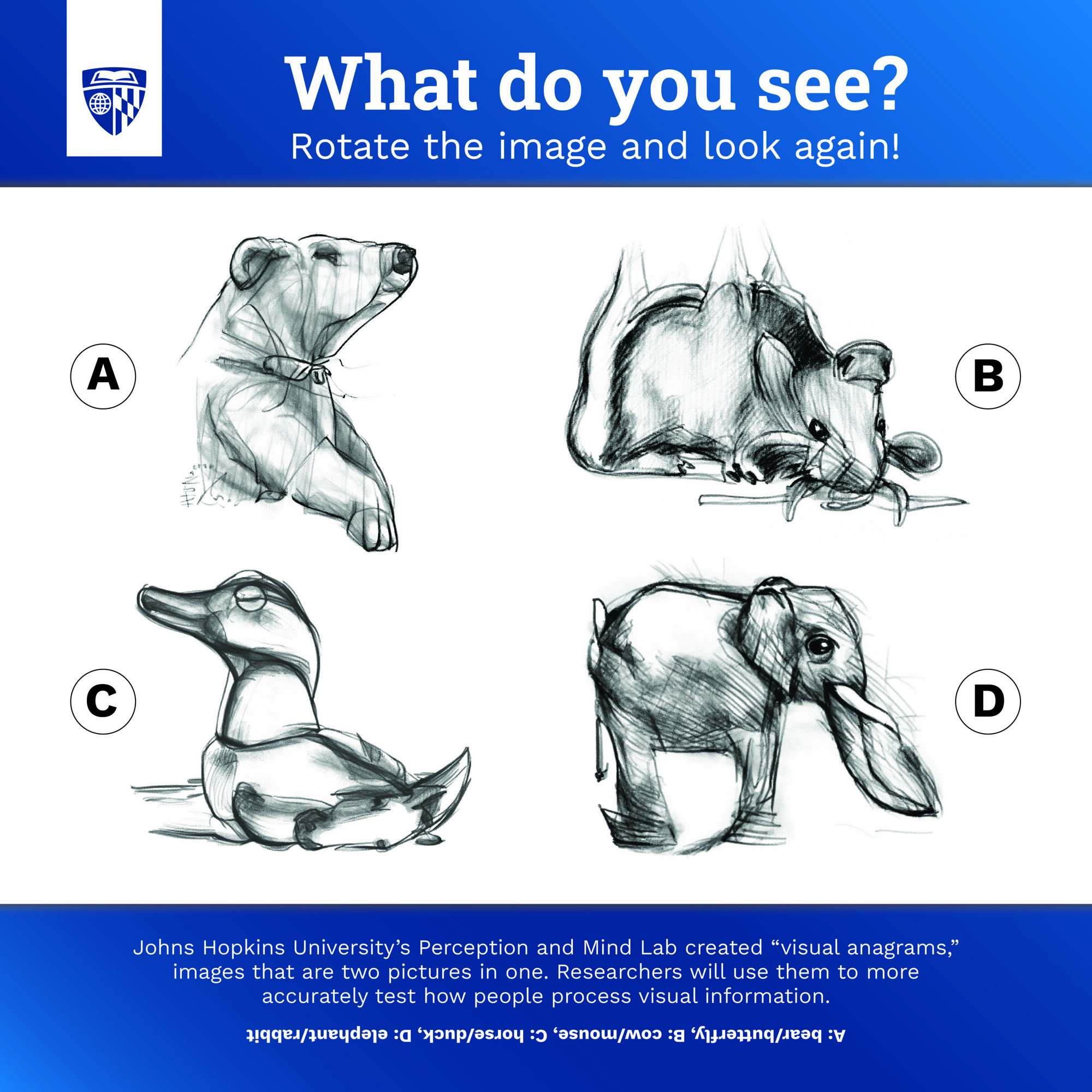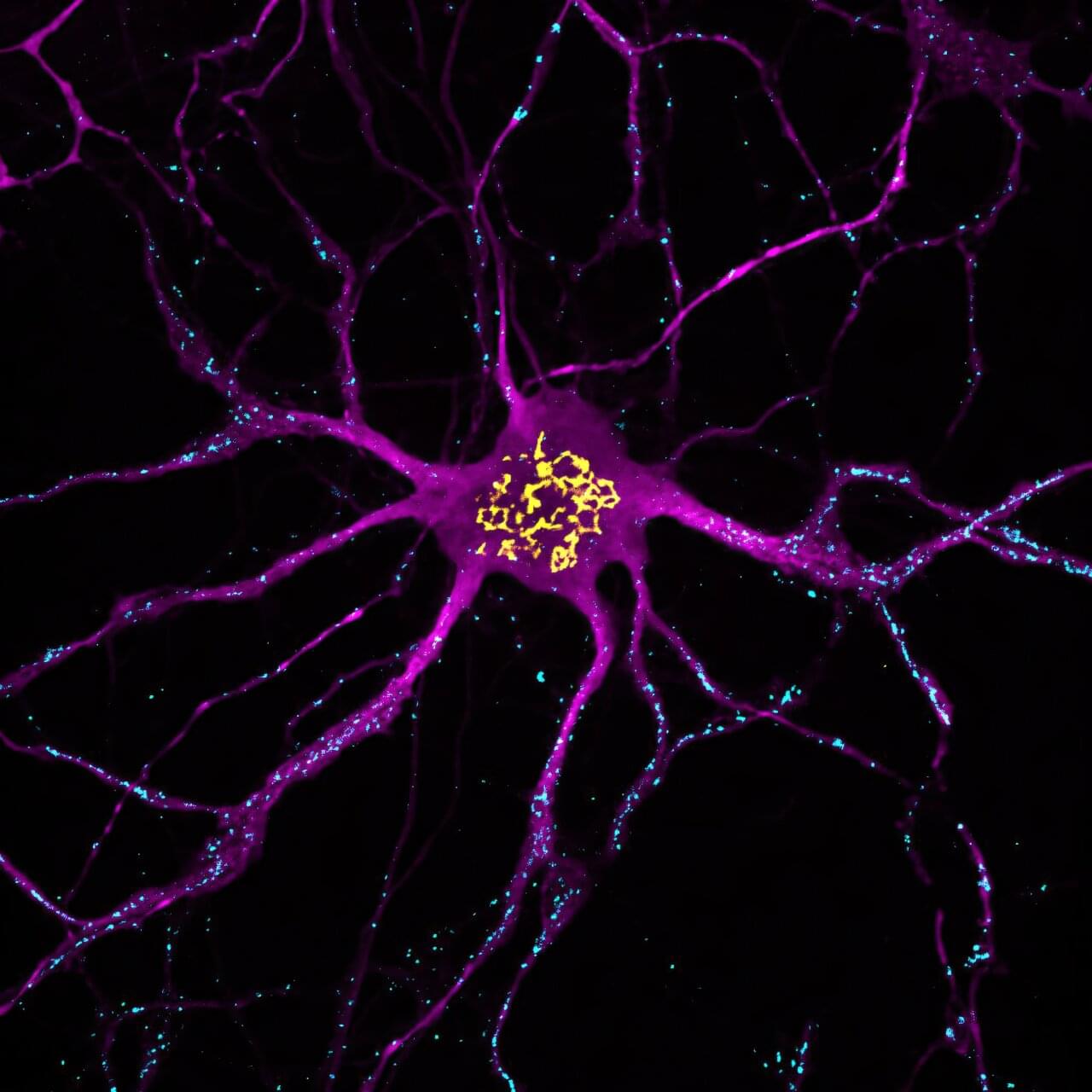At OpenAI’s Developer Day, CEO Sam Altman showed off apps that run entirely inside the chat window—a new effort to turn ChatGPT into a platform.



New artificial intelligence-generated images that appear to be one thing, but something else entirely when rotated, are helping scientists test the human mind.
The work by Johns Hopkins University perception researchers addresses a longstanding need for uniform stimuli to rigorously study how people mentally process visual information.
“These images are really important because we can use them to study all sorts of effects that scientists previously thought were nearly impossible to study in isolation—everything from size to animacy to emotion,” said first author Tal Boger, a Ph.D. student studying visual perception.
Full episode with William Hahn: https://youtu.be/3fkg0uTA3qU
As a listener of TOE you can get a special 20% off discount to The Economist and all it has to offer! Visit https://www.economist.com/toe.
Join My New Substack (Personal Writings): https://curtjaimungal.substack.com.
Listen on Spotify: https://tinyurl.com/SpotifyTOE
Become a YouTube Member (Early Access Videos):
https://www.youtube.com/channel/UCdWIQh9DGG6uhJk8eyIFl1w/join.
Support TOE on Patreon: https://patreon.com/curtjaimungal.

Schrödinger applied Hamilton’s optico-mechanical analogy to develop his wave mechanics for subatomic particles. [ 67 ] : xi Consequently, wave solutions to the Schrödinger equation share many properties with results of light wave optics. In particular, Kirchhoff’s diffraction formula works well for electron optics [ 29 ] : 745 and for atomic optics. [ 68 ] The approximation works well as long as the electric fields change more slowly than the de Broglie wavelength. Macroscopic apparatus fulfill this condition; slow electrons moving in solids do not.
Full episode with Max Tegmark: https://youtu.be/-gekVfUAS7cAs a listener of TOE you can get a special 20% off discount to The Economist and all it has to off…


Madeline Lancaster created the first brain organoids, which have revolutionised our understanding of how the brain works — but also raised ethical questions

Evidence challenging the long-held assumption that neuronal function in the brain is solely powered by sugars has given researchers new hope of treating debilitating brain disorders. A University of Queensland study led by Dr. Merja Joensuu and published in Nature Metabolism showed that neurons also use fats for fuel as they fire off the signals for human thought and movement.
“For decades, it was widely accepted that neurons relied exclusively on glucose to fuel their functions in the brain,” Dr. Joensuu said. “But our research shows fats are undoubtedly a crucial part of the neuron’s energy metabolism in the brain and could be a key to repairing and restoring function when it breaks down.”
Dr. Joensuu from the Australian Institute for Bioengineering and Nanotechnology along with lab members Ph.D. candidate Nyakuoy Yak and Dr. Saber Abd Elkader from UQ’s Queensland Brain Institute set out to examine the relationship of a particular gene (DDHD2) to hereditary spastic paraplegia 54 (HSP54).

Scientists have discovered that disrupted breathing during sleep, particularly conditions like sleep apnea, creates a measurable cascade of brain changes that predicts cognitive decline with startling accuracy.
Recent research analyzing over one million health records found that people with sleep-disordered breathing face between 1.3 and 5.11 times higher risk of developing various forms of dementia, depending on the specific condition.
The most dramatic finding: those with documented sleep breathing problems showed dementia risk ratios that peaked above five-fold for certain neurodegenerative diseases.